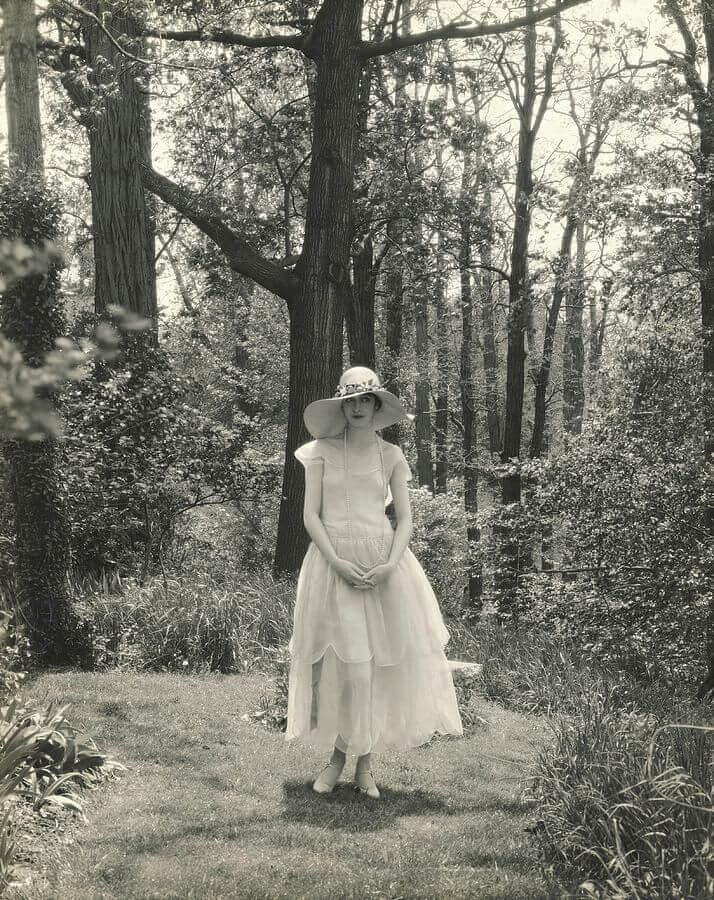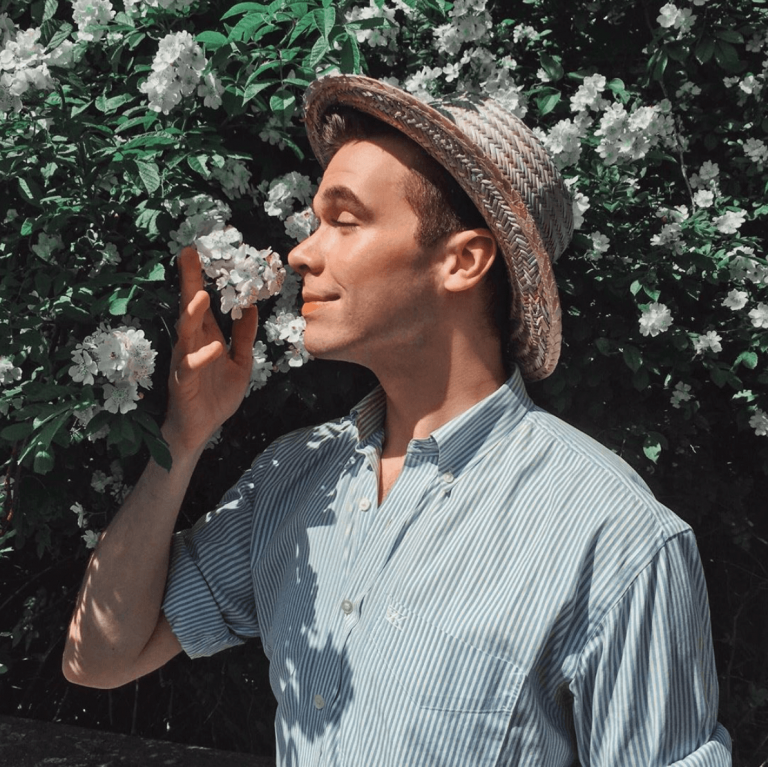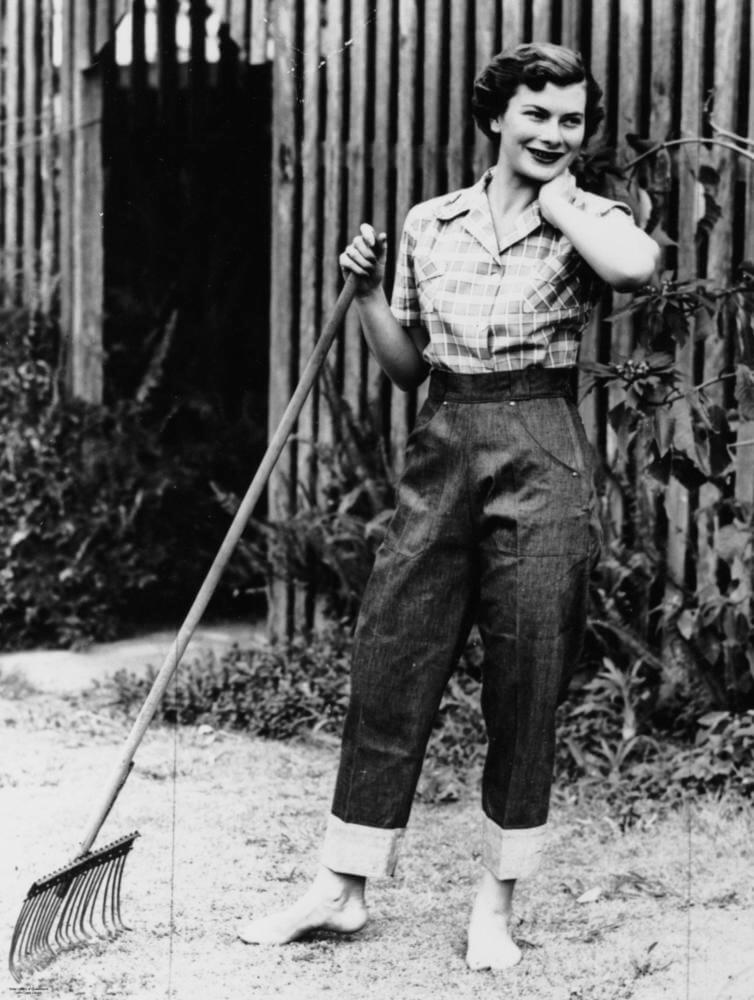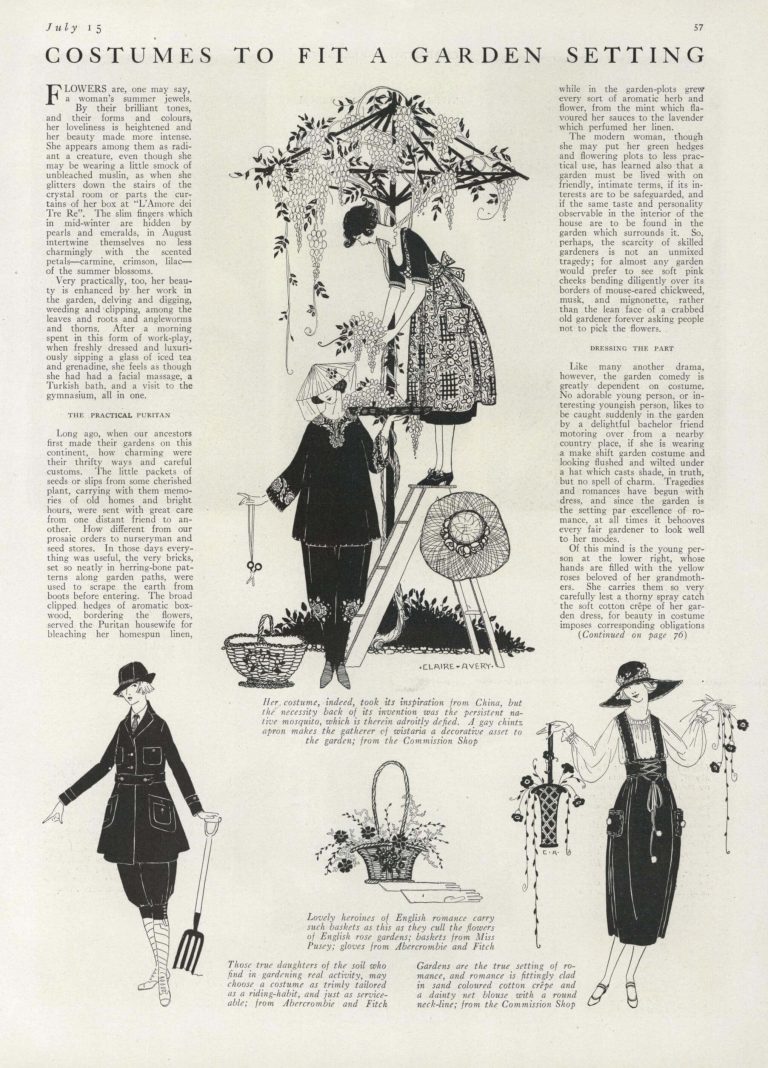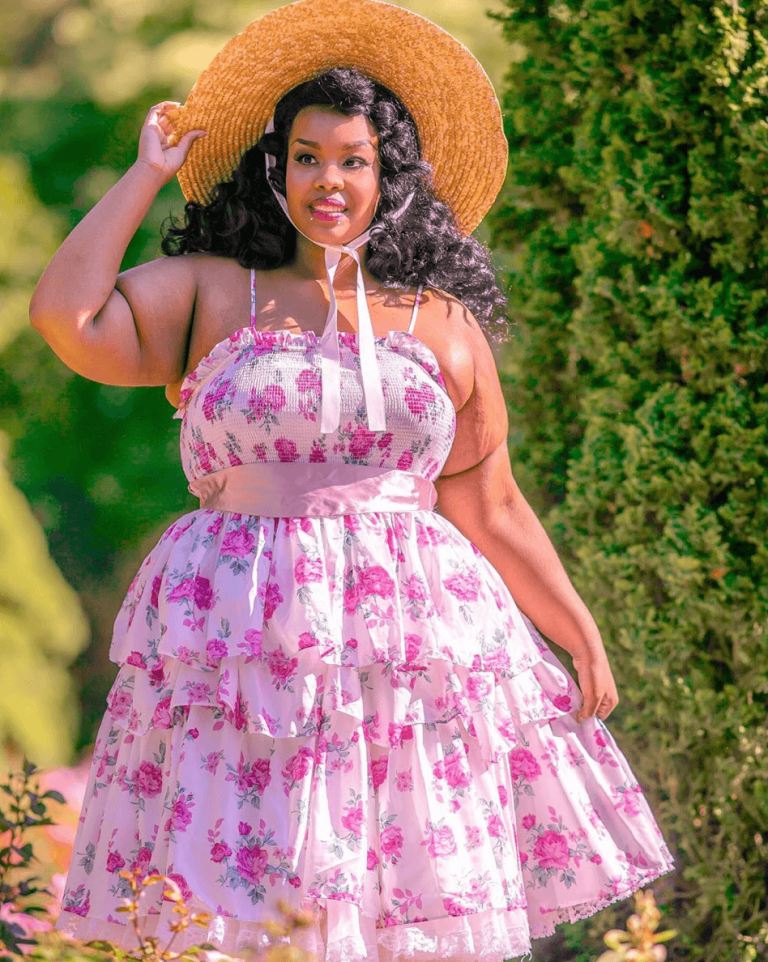Where Cottagecore Meets Vintage
This summer, the “cottagecore” subculture made headlines at CNN, The New York Times, Vox, NPR, NYLON, Marie Claire, and the list goes on. I have a particular interest in fashion and youth subcultures and couldn’t help but be intrigued!
As I dug into interviews and articles about cottagecore, I was struck by some fundamental similarities to leading a vintage lifestyle.
In addition to analyzing written and visual sources for this article, I asked my friend George Matthew some questions about his 1920s-1950s vintage lifestyle.
Romanticism & Escapism
At the surface, the romantic, rustic, and rural cottagecore aesthetic feels like a tale as old as time. We remember Marie Antoinette’s pastoralism phase, and her Hameau de la Reine. However, I would argue that the deeper motivations behind cottagecore are more unique to today. The fundamental spirit is a desire to escape to nature, and isolate oneself from society and capitalism. It’s easy to see how that may be a response to climate change and the COVID-19 pandemic.
In an interview with Paper, Sumaiyah (@speckledhijabi on TikTok) said: “[F]or me, I just like the idea of romanticizing the little things in life, kind of simplifying everything. Finding the sweet moments like baking, cooking, just the traditional way of living that a lot of us kind of miss out on as we grow up in modern times.”
Many vintage lifestylers also feel repelled by modern society, and are attracted to the relative simplicity of the past. George agreed that living and breathing all things vintage is both a form of romanticism and escapism for him.
While George does fantasize about living in the past, he acknowledges that he is drawn to the aesthetics — not the values. George is aware of the hardships he would have faced in the 1920s-1950s as a gay man whose partner is half-Mexican. He commented: “The idea of having to hide my love for Matt is incredibly disheartening.”
George also finds that he needs regular breaks from consuming vintage media, like old Hollywood films, due to their lack of diversity and racial stereotypes. He mused about Ryan Murphy’s Netflix series Hollywood: “I loved it, as it was a reimagining of Hollywood and what it could have been.”
This sentiment is also shared by cottagecore participants, who believe the past should not be viewed through rose-colored glasses. When asked, Noella (@nellahillxx on TikTok) told Paper: “As much as I would love to be a simple bread maker in the 1700s I would definitely not go back in time. The lifestyle is beautiful but the times also had a lot of problems and discrimination that I would never want to be a part of.” She went on to say, “We want to bring back the simple life of making jellies and living in the country but don’t want to go back to the times of bigotry like racism, classism, or sexism that people have worked so hard to get us out of.”
In that way, it can be said that both vintage and cottagecore lifestylers don’t just romanticize the past, but feel nostalgic for a version of the past that never existed.
Handmade & Sustainability
In the ideal cottagecore fantasy, you would live a simple, self-sustainable life in a woodland cottage. You would grow and cook your own food, sew your own clothes, and be surrounded by undisturbed nature. Such celebration of traditional handcrafts is clearly fueled by an opposition to mass-production and desire for environmental sustainability — reminiscent of the Arts and Crafts movement sparked by the Industrial Revolution.
On the popularity of cottagecore, Noella explained to Paper that “a lot of teenagers are realizing that life doesn’t need to be so complex and that a simple farm and self-sustaining lifestyle would be good for not only themselves but the planet as well.”
It seems that similar motivations can also drive a love for vintage. And after all, what is more sustainable than buying second-hand and true vintage?
Furthermore, George explained, “fast fashion has, for me, ruined clothing.” He loves that vintage clothing is more unique, and is better-suited for expressing individuality. Quality is also a factor, as fast fashion is inherently not built to last. He believes that one should be satisfied with the things you already have, and not compare oneself to others.
George also told me that despite his affinity for vintage glamour, he loves the charm of handmade. He has a great appreciation for craftsmanship, and personally loves baking, pottery, and embroidery. (In fact, he was hand-embroidering as we spoke!)
Vintage Cottagecore Fashion
The vintage community as a whole is made up of diverse and varied styles. Vintage lifestylers may dress in the fashion of any particular decade, or often several, and everyone has their own particular taste.
However, twentieth-century fashion was dictated and distributed by a hierarchical system of Parisian couturiers and media. Each decade had its own fairly rigid fashionable ideals. So, despite variations due to individuality, you can expect to find bobbed hair and a straight silhouette on a 1920s vintage lifestyler, and the New Look on a post-war enthusiast. That being said, there is no one single “vintage look.”
Similarly, there is really no unified cottagecore fashion. Different cottagecore social media influencers have cited very eclectic style inspirations, including the hippie movement, Disney princesses, Sense and Sensibility, fairies, and Little House on the Prairie. You may see popular cottagecore creators wearing romantic, puffy-sleeved dresses, but utilitarian garments like t-shirts and overalls are also cottagecore.
Here are the universal cottagecore rules for dress as I perceive them: dress comfortably, only to please yourself, and you must not look out of place in nature. It is also ideal to dress sustainably, eschewing fast fashion.
So, can you dress both vintage and cottagecore? The answer is yes, of course!
While the most glamorous and high-maintenance vintage looks are disqualified, plenty still fits the bill. For something casual, look to vintage outfits for farming and gardening. For more romantic looks like Essence above, think of ensembles for a vintage garden party or picnic: straw hats, thin white cottons, ginghams, and floral prints.
It’s important to remember, however, that cottagecore is not merely a fashion trend. It’s a lifestyle that has values and philosophies behind it. If you do experiment with a “cottagecore” look, I suggest you also try a compatible activity, like baking, sewing, or simply enjoying nature!
Show us your vintage-inspired cottagecore adventures by tagging The Vintage Woman Magazine on social media!
Paper interview referenced:
Gillespie, Katherine. “TikTok’s Cottagecore Influencers Explain the Trend.” PAPER, 24 Apr. 2020, www.papermag.com/cottagecore-explained-tiktok-trend


